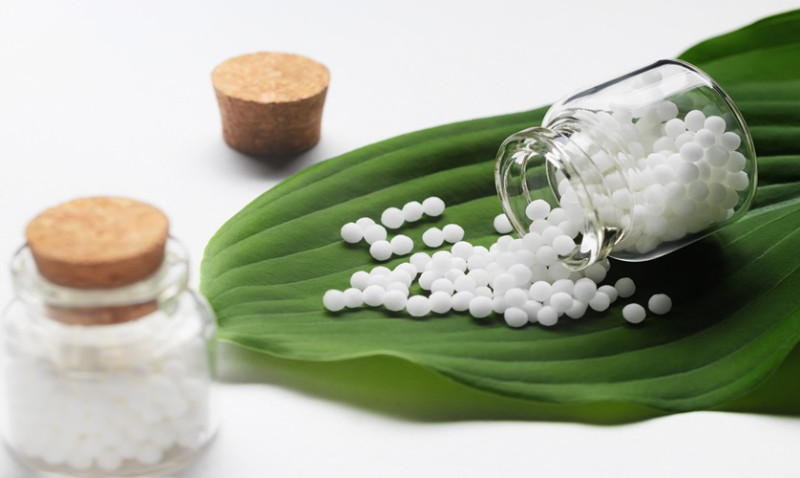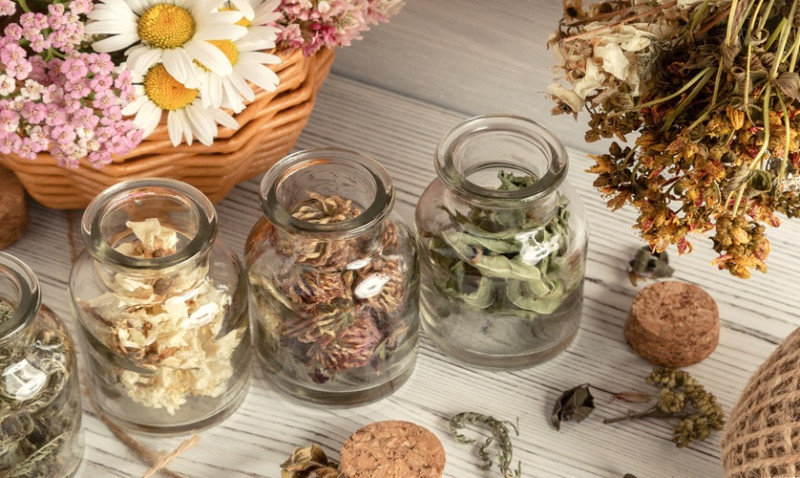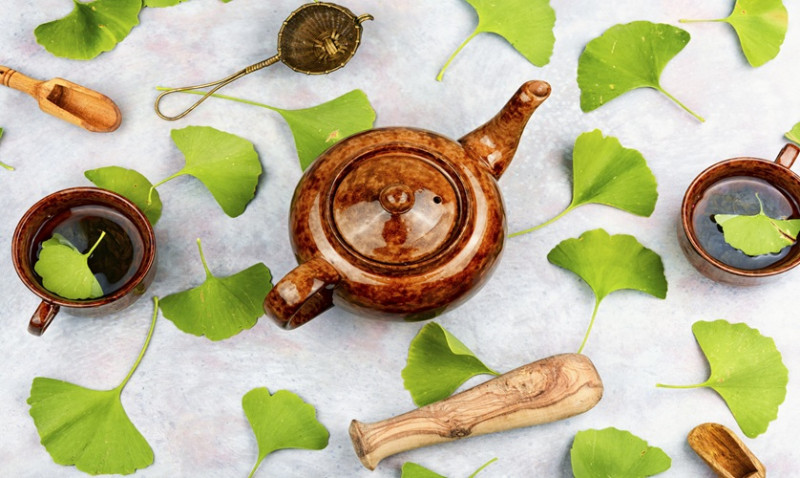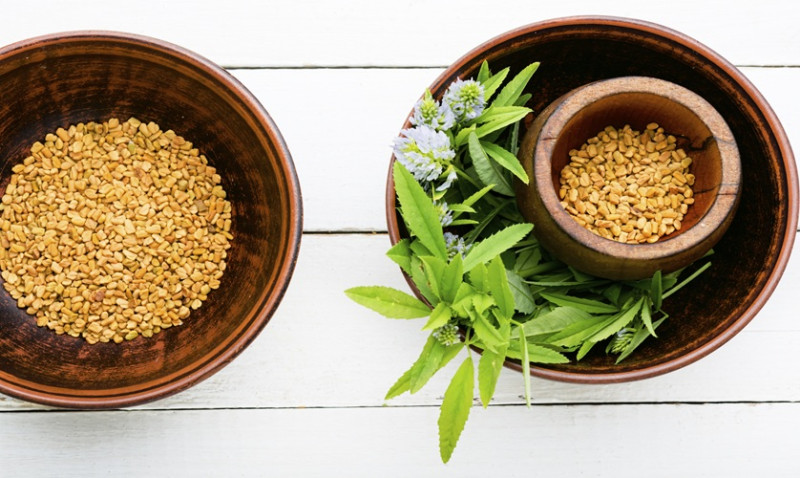
Homeopathy, an alternative medical system developed in the late 18th century by Samuel Hahnemann, is built on the principle that “like cures like.” This means a substance that causes symptoms in a healthy person can, in very small amounts, treat similar symptoms in a sick person. As the popularity of homeopathy continues to grow in the United Kingdom, not just as a natural healthcare solution but also as a respectful nod to tradition, understanding the practical side of dispensing these remedies is more essential than ever.
Whether you're a DIY health enthusiast wanting to build your own home remedy kit, a professional architect designing a wellness space that includes holistic medicine, or simply a homeowner curious about natural alternatives, knowing how homeopathic remedies are practically and safely dispensed can be immensely beneficial. In this blog post, we explore effective and simple methods for dispensing homeopathic treatments using classical, tried-and-true techniques.
Understanding Homeopathic Potencies and Forms
Before discussing how to dispense remedies, it’s crucial to understand the forms in which homeopathic medicines are available and their potencies. Remedies typically come in three forms: pellets (or globules), liquid dilutions, and tablets. Each form has different dispensing requirements based on the nature of the treatment and sensitivity of the patient.
The potency of a remedy—often seen written as 6X, 30C, or 200C—indicates the number of times the substance was diluted and succussed (shaken). The higher the number, the more dilute the remedy and paradoxically, the more potent it is believed to be. In practical terms, most households and professionals keep potencies ranging from 6C to 30C for everyday ailments, while higher ranges such as 200C are often reserved for chronic or more specific issues under professional guidance.
Understanding potencies also helps determine the method and frequency of dispensing. Lower potencies may require more frequent administration, while higher ones tend to act deeper and may be given less often.
Storage and Handling Recommendations
Homeopathic remedies are sensitive to environmental conditions. They should be stored away from direct sunlight, strong odours (like menthol or camphor), electromagnetic sources (like microwaves or mobile phones), and moisture. Keep them in a cool, dry place—ideally a dedicated medicine cabinet with glass or thick resin containers to protect remedies from contamination and degradation.
For architects and interior designers working on wellness or holistic spaces, this can mean integrating a homeopathy station with adequate shelving, airtight containers, and dimmable lighting to preserve the integrity of the remedies. Aesthetic yet functional design goes a long way in making practical dispensing effortless and visually pleasing.
DIYers might choose to upcycle wooden boxes or glass jars with labels to create their own stylish and environmentally friendly homeopathy cabinet. Labelling is key: each remedy should clearly indicate its name, potency, and expiry date, if applicable.
Practical Tools for Dispensing
Dispensing homeopathic remedies doesn’t require complex equipment, but precision and cleanliness are critical. The most commonly used tools include plastic or glass dispensing bottles (especially for liquid remedies), sterile droppers, cotton gloves, and non-metallic spoons (metal can sometimes interfere with the remedy’s energetic field).
For those treating family or providing assistance in a community setting, investing in a compact homeopathy dispensing kit may simplify the process. These are available online and often include vials, labels, droppers, and dosage instructions—all designed to make at-home treatment cleaner and more efficient.
Tradesmen or home renovators working with clients who prefer natural health approaches might consider installing a built-in wall niche or drawer organiser to serve as the dedicated space for remedy kits, maintaining order and easy access.
Standard Dispensing Techniques for Common Remedies
The method of taking remedies varies depending on the form. Tablets and globules are usually placed under the tongue to dissolve slowly. Dosages typically range from 1 to 3 pellets per dose, depending on the individual’s sensitivity and the illness stage.
For liquid dilutions, remedies are often given as a few drops in a teaspoon of water or placed directly on the tongue. In some instances, medicated water may be sipped throughout the day or even sprayed on the skin (very useful in acute injuries or burns).
Below is a sample table showing common dispensing approaches for widely used remedies:
| Remedy Name | Form | Common Use | Typical Potency | Dosage |
|---|---|---|---|---|
| Arnica montana | Pellets/Tablets | Bruises, injuries | 30C | 3 pellets every 4 hours post-injury |
| Nux vomica | Liquid | Digestive issues, hangovers | 30C | 5 drops on tongue, 2–3 times a day |
| Aconite | Pellets | Sudden colds, shock | 30C | 1 dose hourly for 3 doses, then as needed |
| Chamomilla | Tablets | Teething pain in children | 6C | 2 tablets every 2 hours, reduce as symptoms improve |
Make sure to advise that patients should avoid eating or drinking 15 to 30 minutes before and after taking a remedy to preserve potency. Also, avoid touching pellets or tablets with hands; use a clean spoon or cap to dispense.
When to Repeat and When to Stop Dosing
Repeating a homeopathic remedy depends on the condition and patient’s response. For acute conditions, remedies may be repeated every 1–4 hours as needed. For chronic issues, a weekly or even monthly dose may be sufficient, especially for high-potency treatments administered under the guidance of a practitioner.
A key concept in classical homeopathy is the "minimum dose"—use as little as necessary. If improvement is seen, dosing should stop and only be resumed if symptoms return. Overdosing can sometimes confuse or aggravate symptoms, so observation is vital.
Professional tradesmen or wellness practitioners implementing these remedies into their services should communicate the importance of careful observation to clients, avoiding the assumption that "more is better."
Integrating Homeopathy Into Everyday Living
In the modern UK household, practical integration of homeopathy into daily life is becoming more commonplace. From compact family kits for quick relief of minor injuries to fully stocked dispensaries in wellness-focused homes, there are countless ways for homeowners and professionals to make homeopathy accessible and user-friendly.
Interior designers and architects can take it a step further by incorporating thoughtful storage, calming aesthetics, and smart organisation to promote consistency and ease of use. Similarly, DIY enthusiasts can explore custom kits or repurpose vintage apothecary cabinets as creative storage solutions.
For small businesses and wellness centres, having a practical understanding of dispensing homeopathic remedies not only enhances client trust but also opens additional streams for service offerings. Think of workshops on remedy usage, guided applications, or even personal remedy consultations.
Final Thoughts
The classical and practical dispensing of homeopathic remedies isn’t just about tradition—it’s about empowering individuals to take charge of their wellbeing in a simple, holistic, and thoughtful way. Whether you’re crafting your own remedy cabinet, designing wellness-focused interiors, or introducing natural health care products to your clients, this gentle yet powerful form of medicine offers meaningful advantages.
By combining the wisdom of homeopathy with practical knowledge and smart design, home and workplace environments across the UK can benefit from a more balanced and health-conscious lifestyle.






